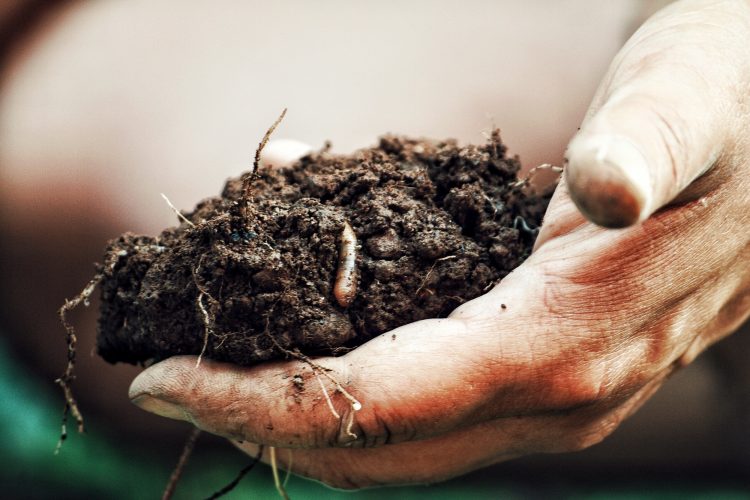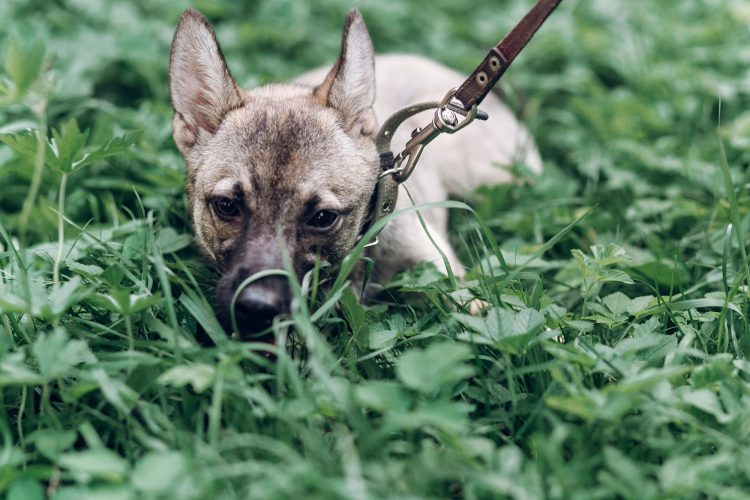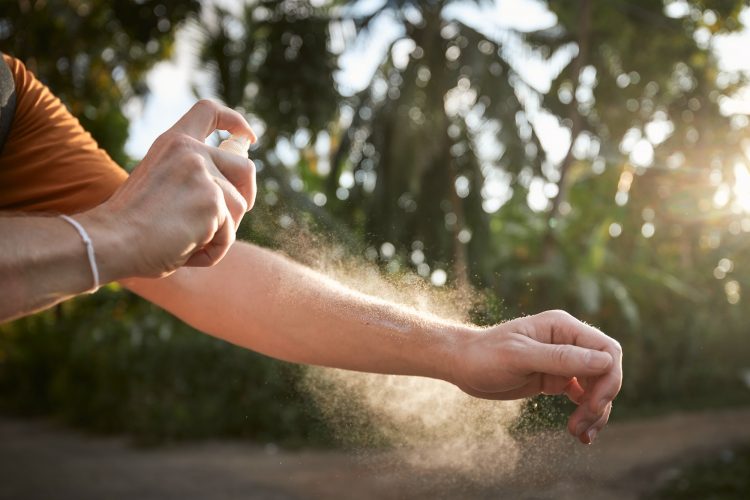A balance and movement assist
Scientists believe that dinosaurs, including the Tyrannosaurus rex, swung their tails side to side to balance their heavy heads and bodies while walking on two legs. This movement allowed them to run fast enough to catch their prey.
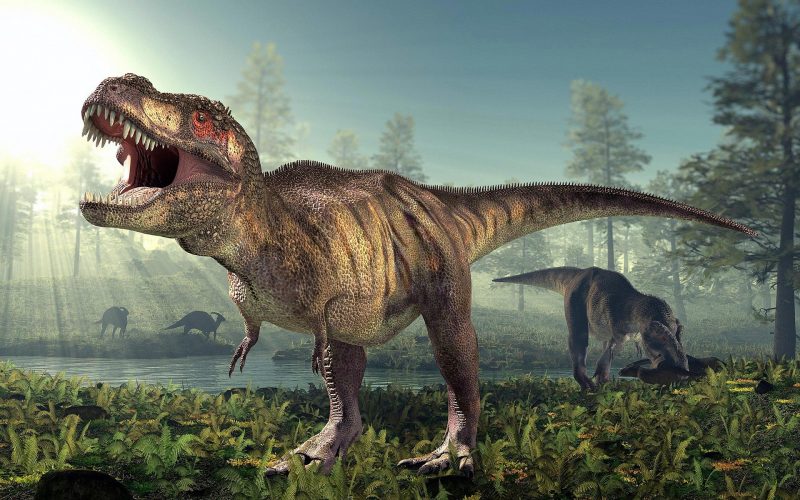
Similarly, present-day kangaroos use their tail for balance when they leap across the open land. But they don’t just use it as a counterbalance for their weight – the kangaroo’s tail also functions as a powerful third leg that can help propel them through the air.
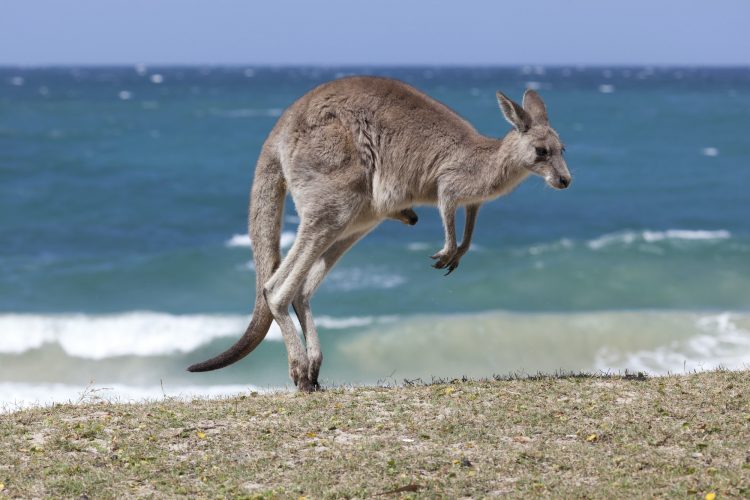
Cats and other animals that climb often have bushy or long tails that help them balance, kind of like a tightrope walker holding a long pole.
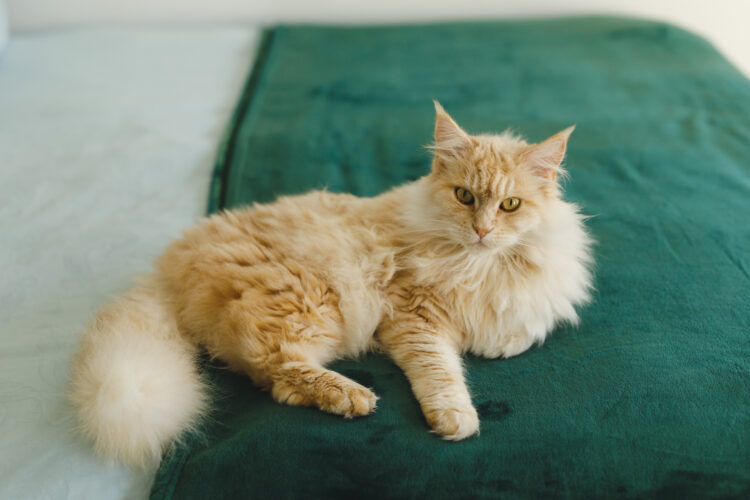
Monkeys use their long tail for balance while swinging through forest tree branches. Many have prehensile, or grasping, tails that act like hands and allow them to hold onto tree limbs.
A defensive mechanism
Other animals’ tails evolved into weapons. For instance, stingrays have a trademark stinger tail they can use as a defense when a predator attacks them.
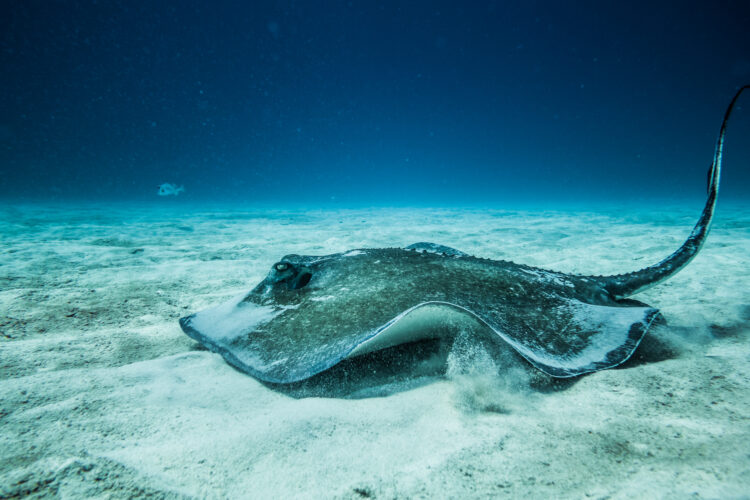
Venomous rattlesnakes have buttons of dried skin on their tail that make a racket when they shake it. This warns any animals that might threaten the rattlesnake that it’s getting ready to strike.
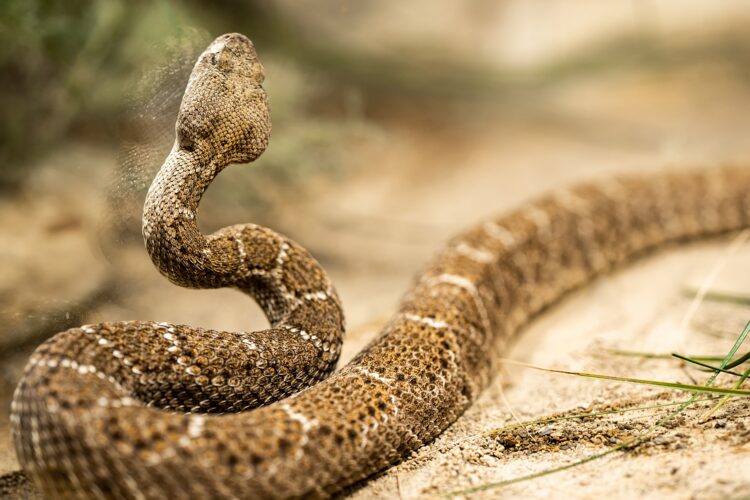
Many insects also have tails, but they evolved separately from other animals with backbones, like fish and mammals. Most tailed insects use their tails to lay eggs or to sting and paralyze hosts or prey.
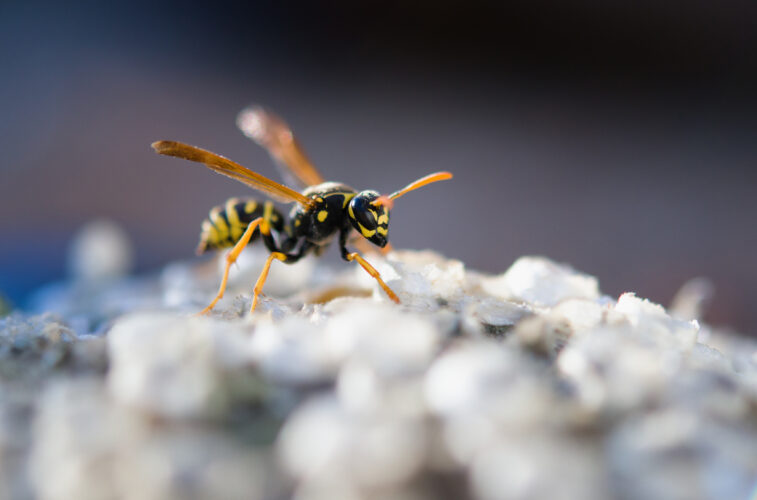
In some animals, like wasps, their tails can do both, as certain parasitic wasps will lay their eggs inside a host.
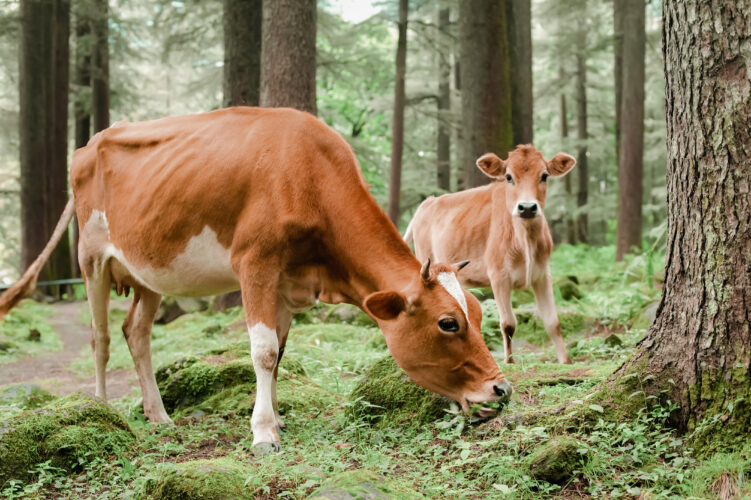
Grazing animals, like North American bison and the wildebeest and giraffe in Africa, have tails with bunches of long hairs that can be waved as a whisk to swat off mosquitoes and other insects that may be bothering them. Domestic cows and horses also have that kind of tail.
A communication aid
Birds use their feathered tails both to balance while sitting on a tree limb and to steer and reduce drag while flying. Some birds also use their tail as a mating display.

This visual display is most remarkable in species such as turkeys and peacocks: Male turkeys and peacocks will unfurl their colorful tail feathers to attract female mates.
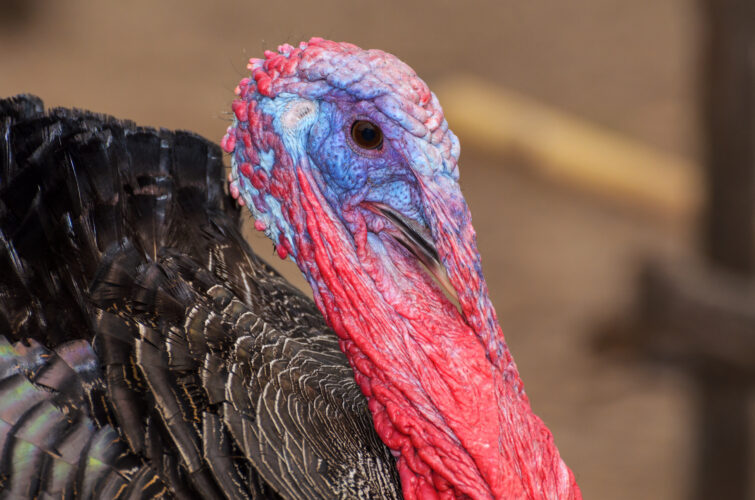
Animals that live and hunt in groups or packs, like wolves, use a variety of tail positions to indicate their rank.
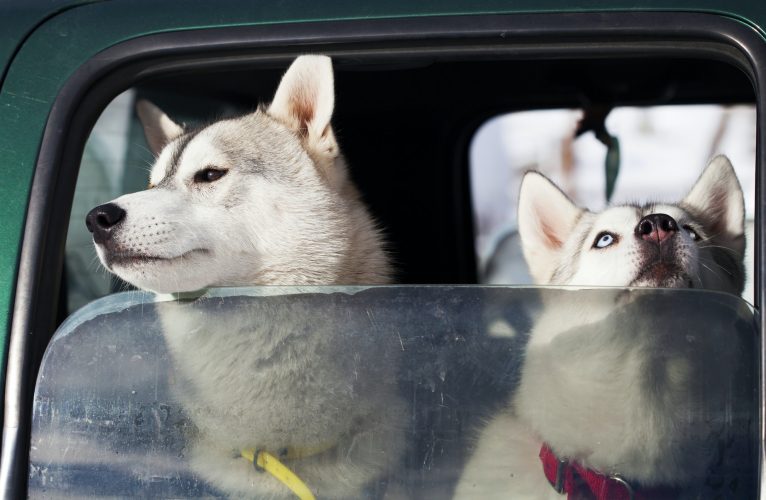
Dogs, who descended from wolves, also use their tails for communication. You’ve probably seen dogs wag their tails when they’re excited.



